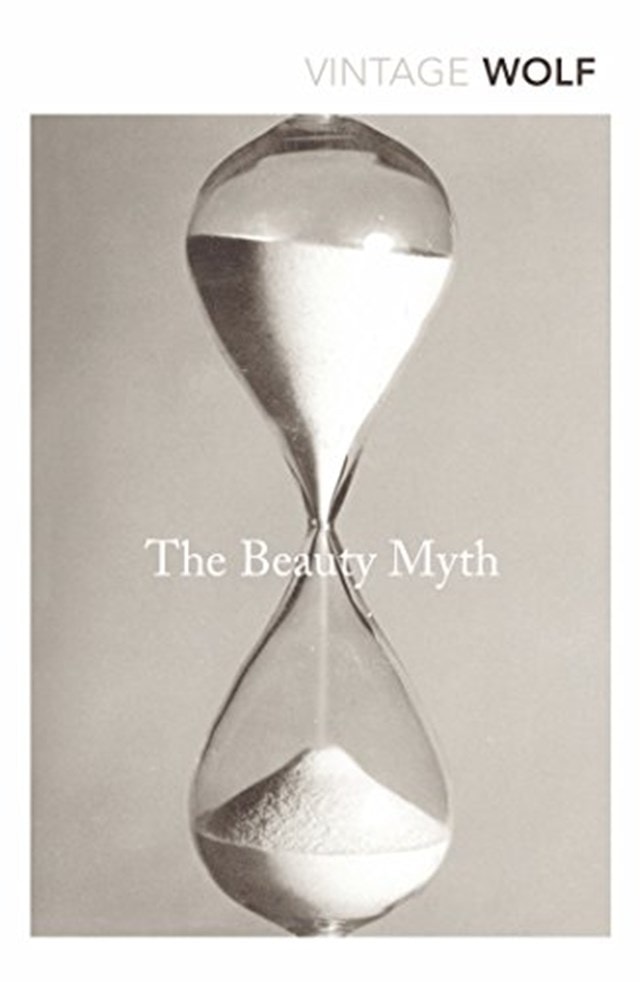

Tuchman also argued that women’s achievements were often not reported or trivialised and often seen as less important than things like their looksĪccording to Tuchman, women were often represented in roles linked to gender stereotypes, particularly those related to housework and motherhood – a good example of this being washing powder advertisements in which mothers and small daughters are working together, while men and boys are the ones covered in mud. Gaye Tuchman (1978) developed the concept of Symbolic Annihilation to refer to the under-representation of women in a narrow range of social roles, while men were represented in a full range of social and occupational roles.

Under-representation and symbolic annihilation This post focuses on symbolic annihilation, the cult of femininity and the male gaze as examples of this, and then looks at whether things have changed in recent decades. Women have historically been underrepresented and misrepresented in stereotypical roles within mainstream media.

Misrepresentations (myths and stereotypes).Under-representation and symbolic annihilation.


 0 kommentar(er)
0 kommentar(er)
